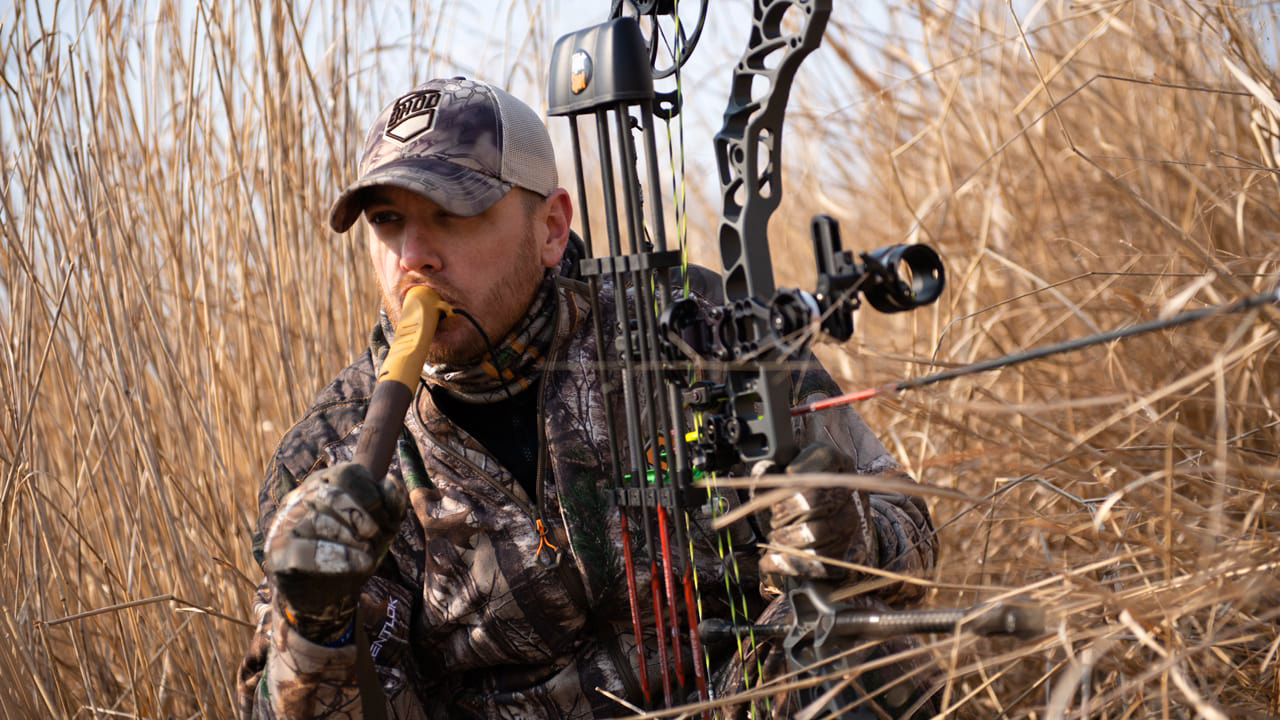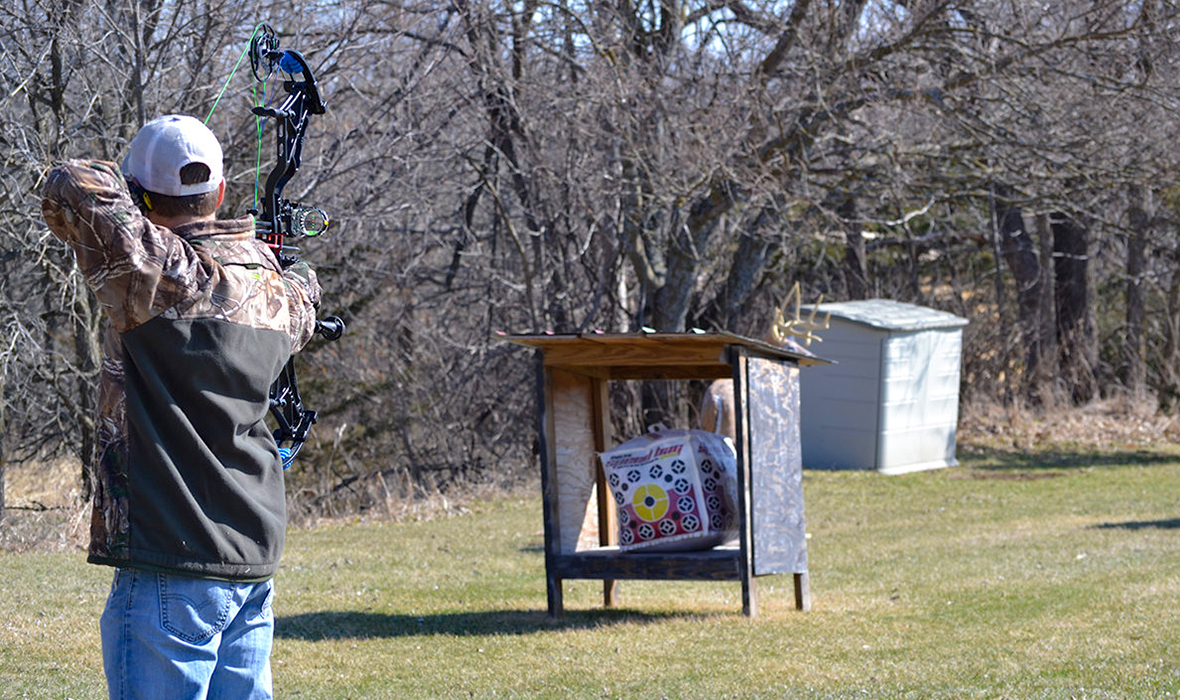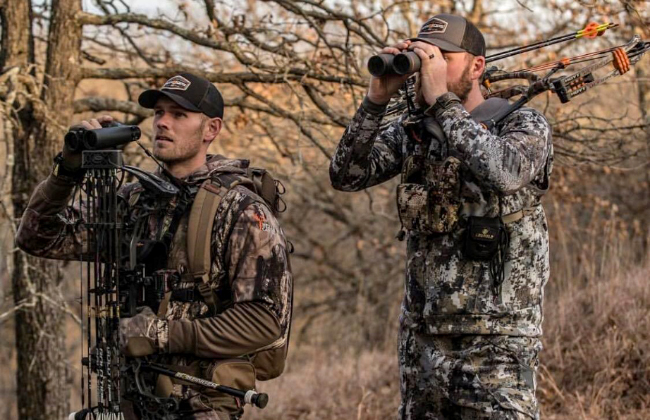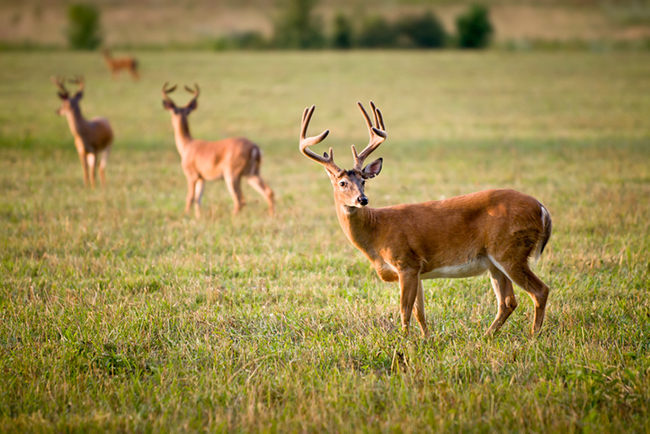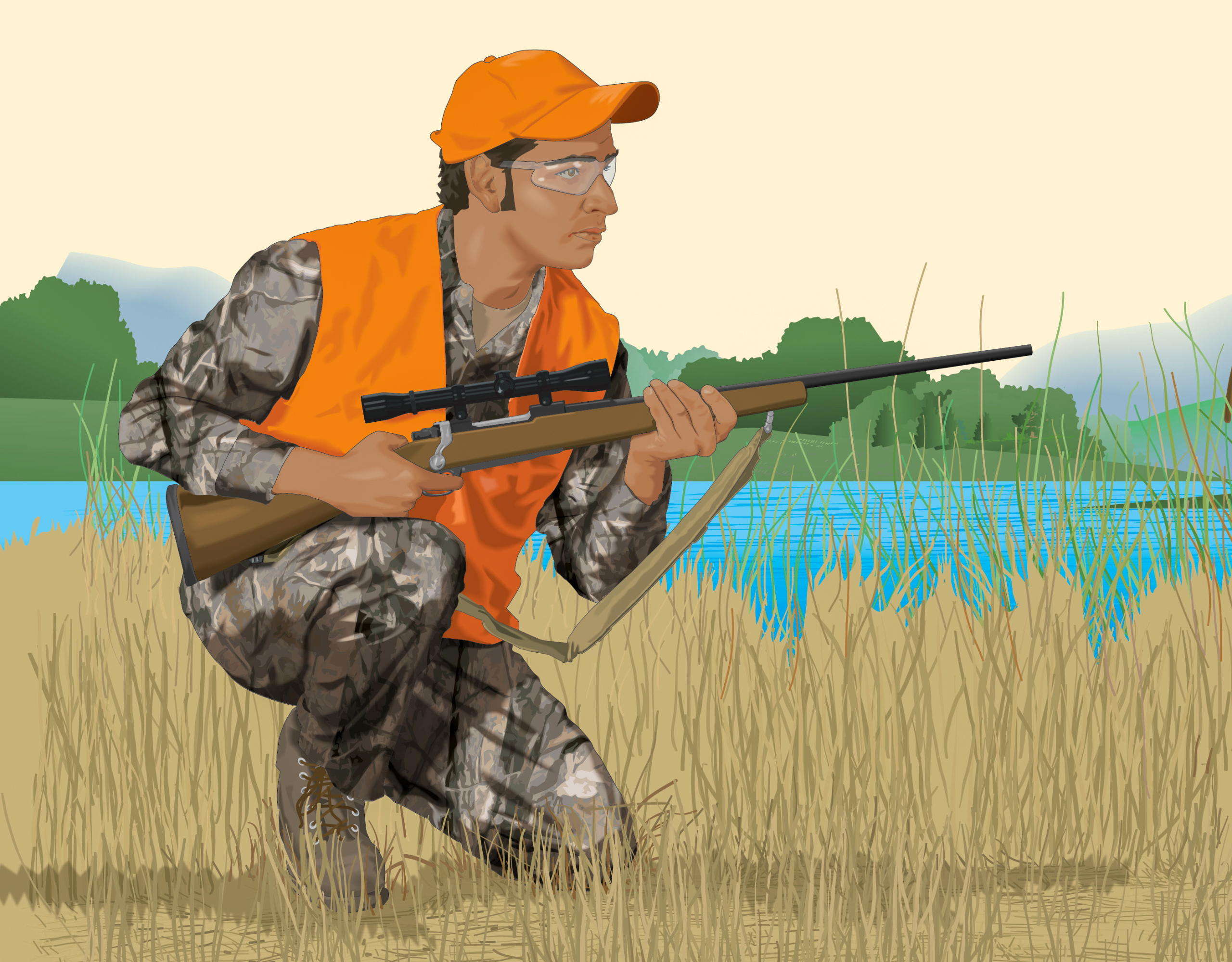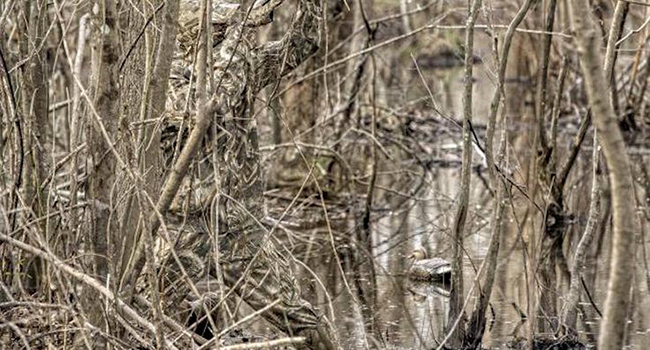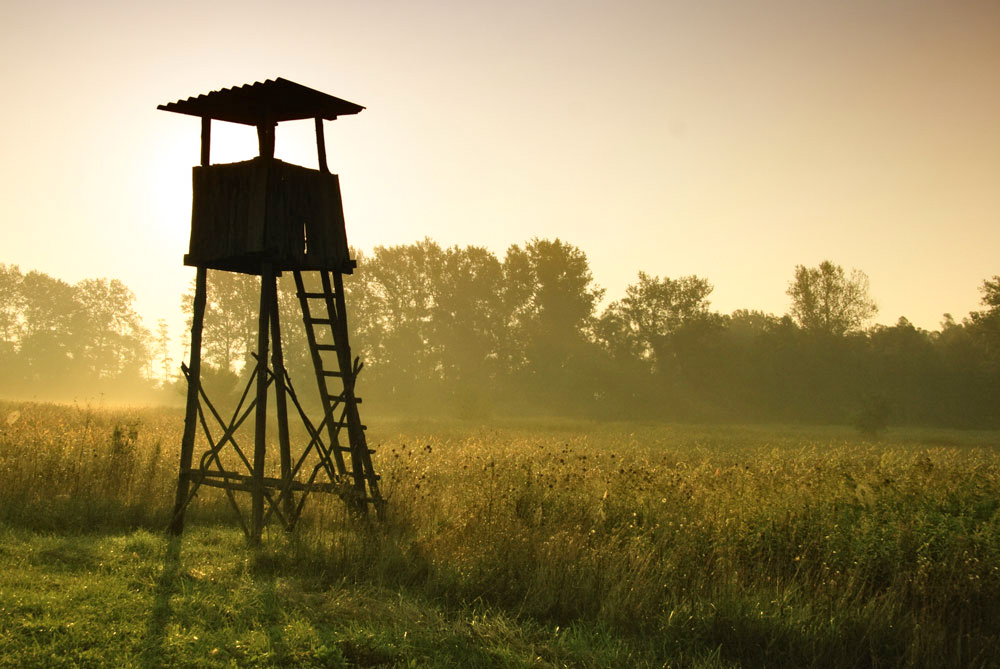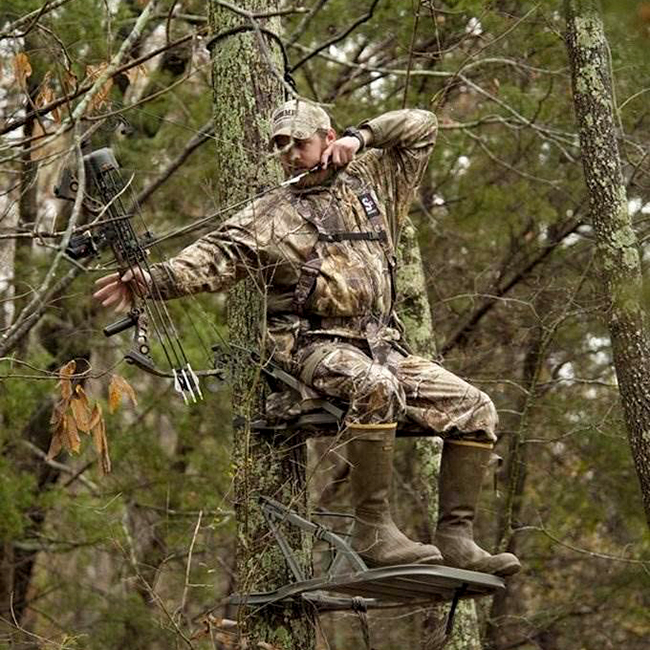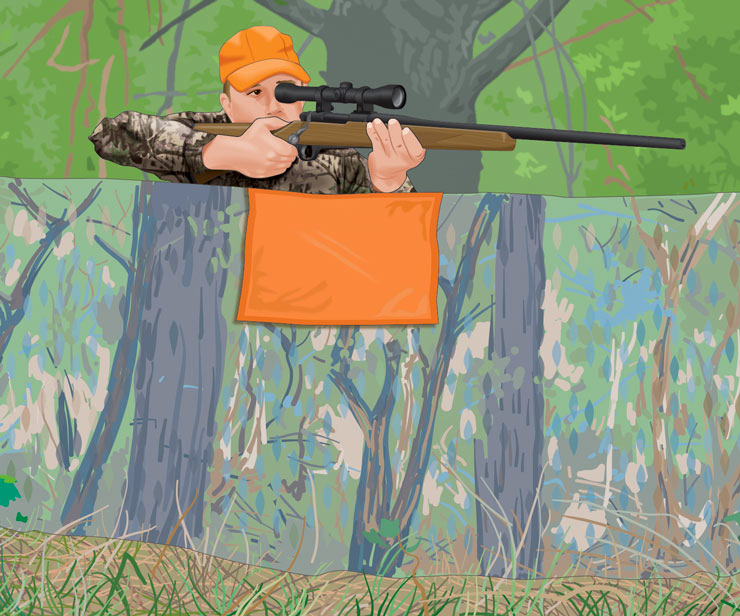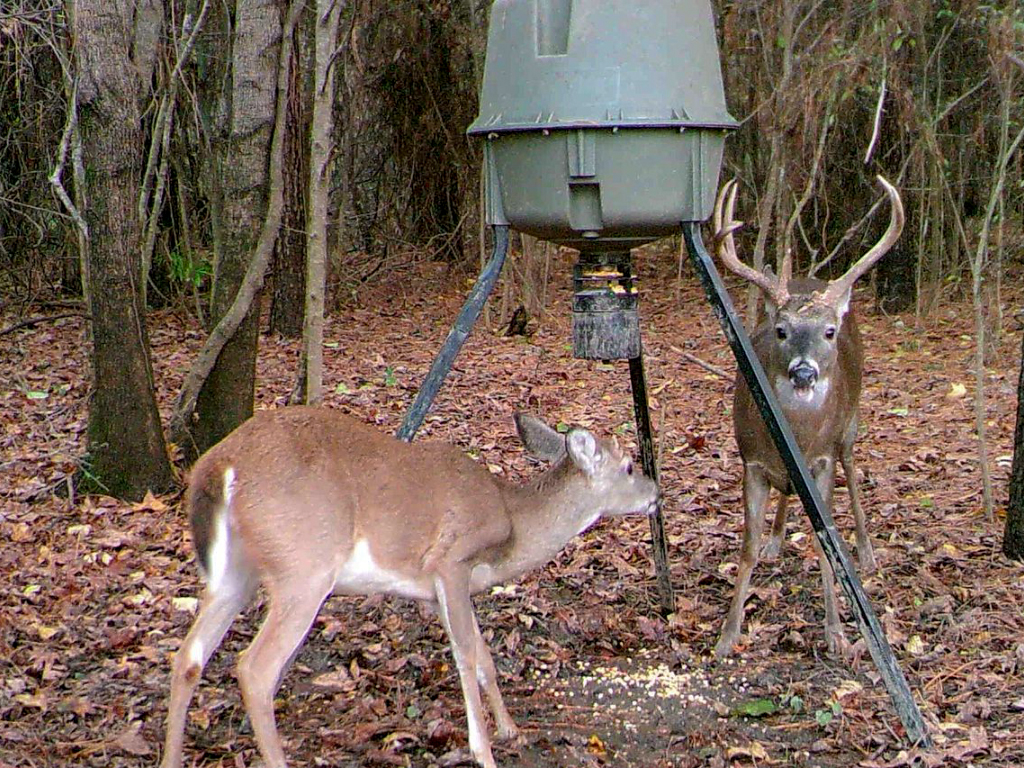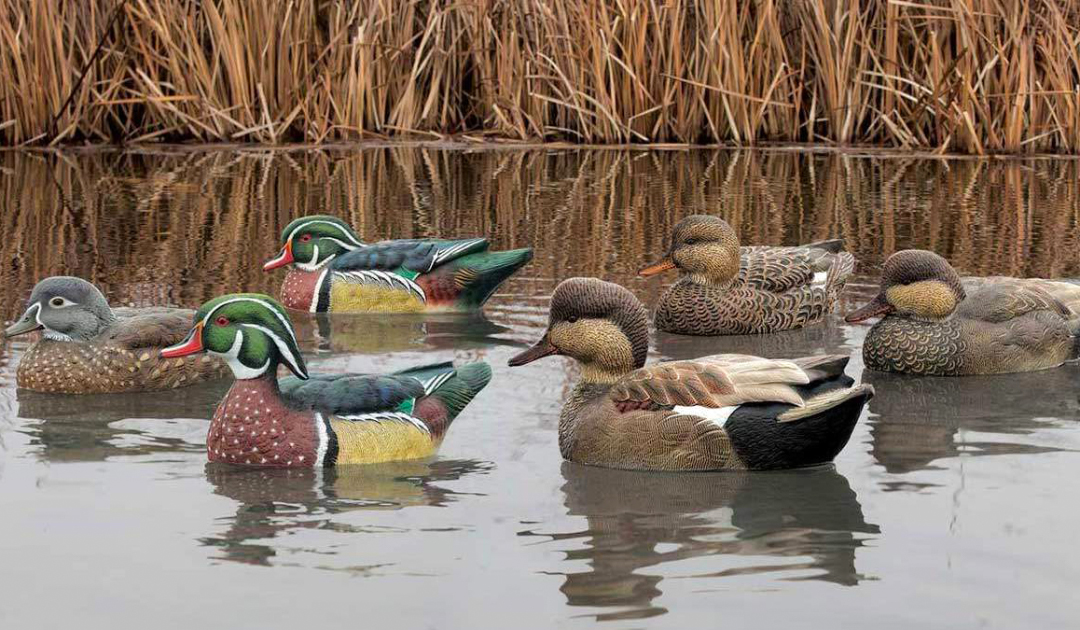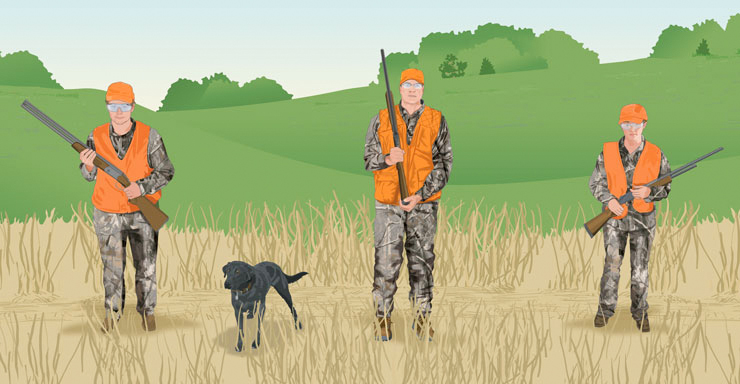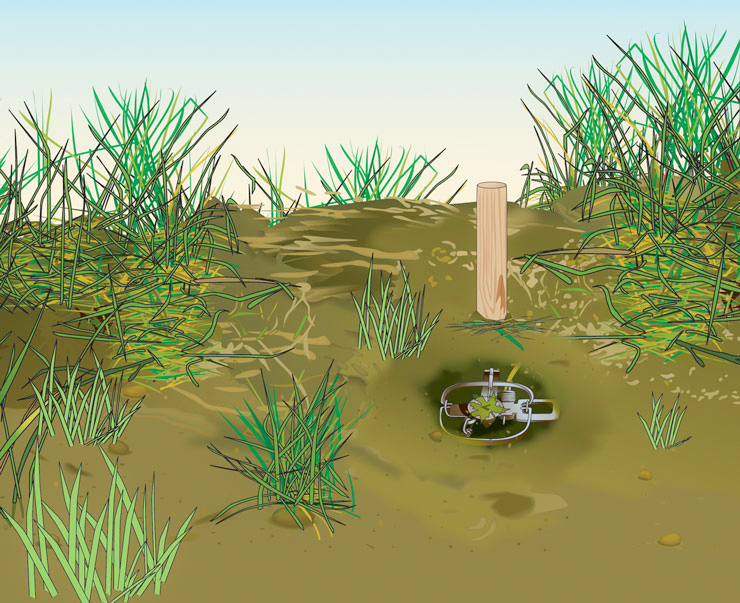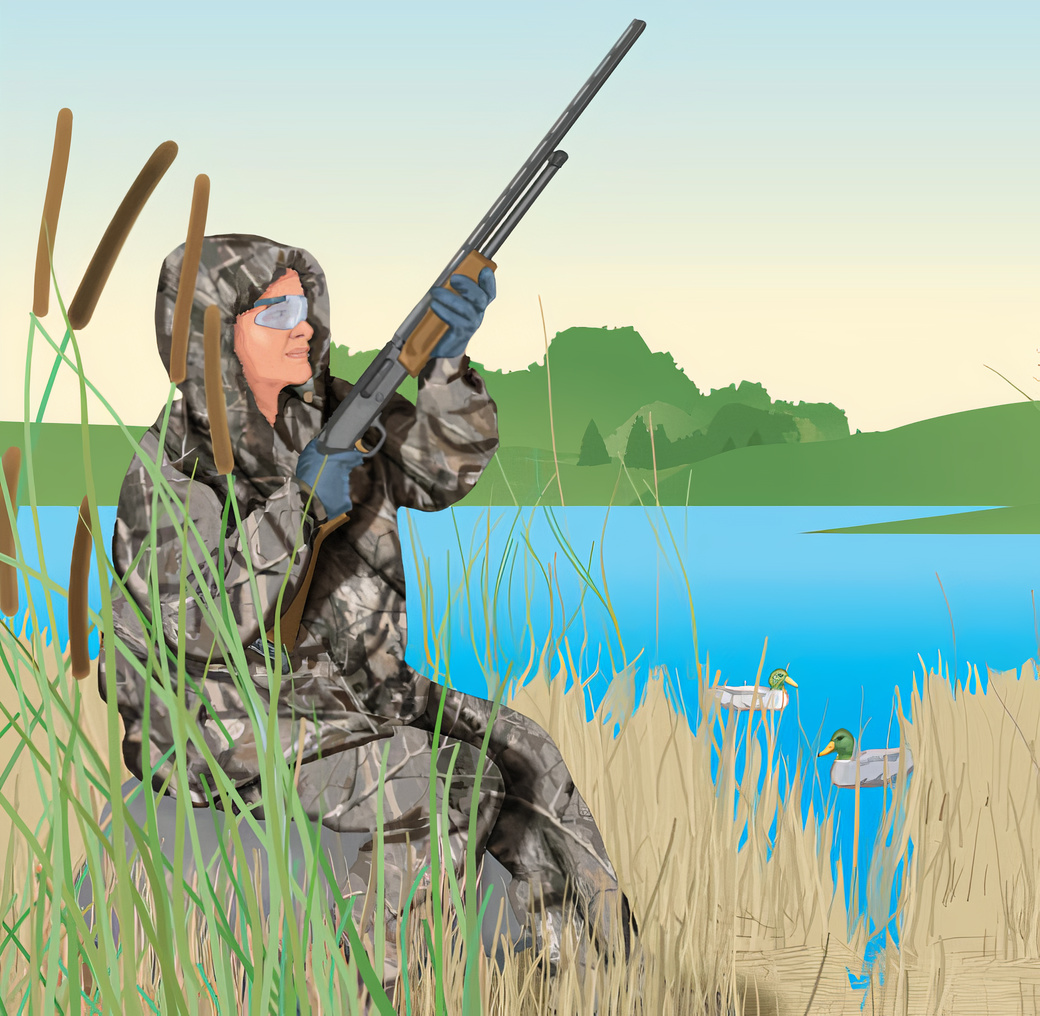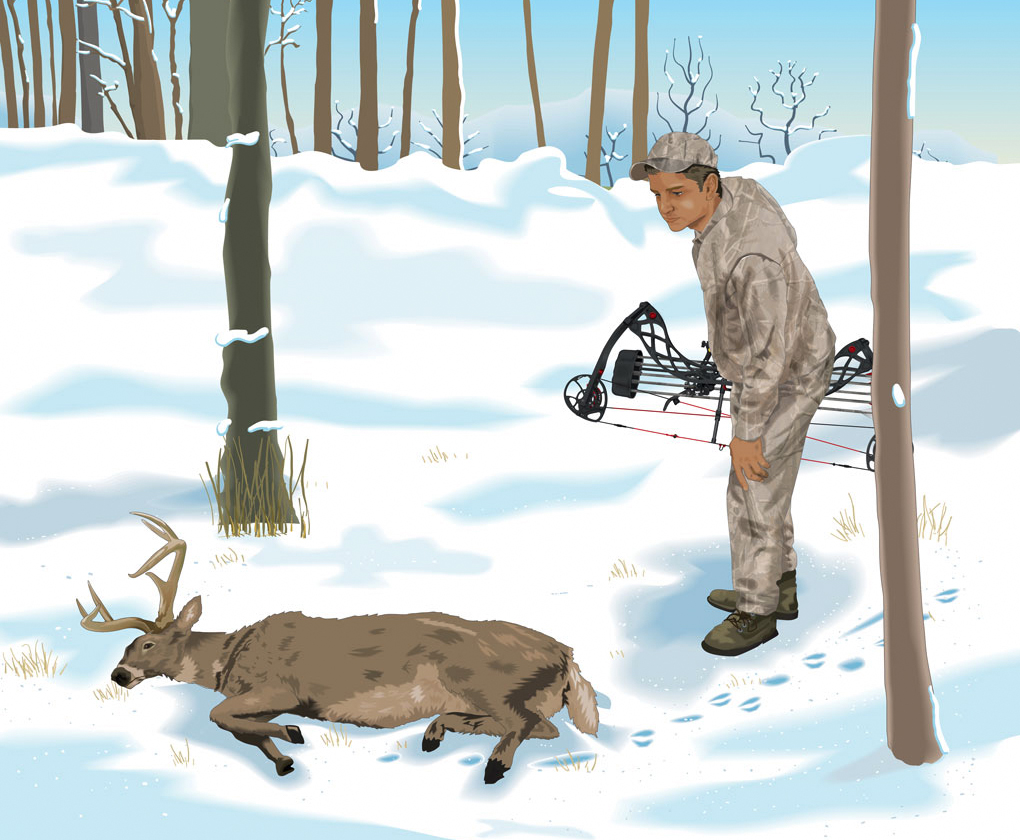If you still wish to start hunting, you must learn some basic hunting tactics and tips.
I hope that is not the case, but if the recent events keep the world from functioning normally for a long time, you might have to consider learning to hunt for survival.
That might be an overstatement, I agree. But hey, it wouldn’t hurt if you’re prepared.
So if you’re still a beginner and want to start, you’ll enjoy this. I cover every basic hunting tactic in detail in this article for your reference. Let’s begin!
Contents
Basic Hunting Tactics: First Things to Consider
There is no right or wrong way for hunting. It’s just good or bad, and anyone can lean towards being a good hunter if they are passionate, invest time, and practice a lot.
Hunting is a skill that improves with practice. As a result, you must have the right mindset to become a successful hunter.
Prepare yourself to be patient, both on the field and for becoming better.
Surround yourself with the right people who know professional hunting and can guide you. The most crucial of all is to do your research.
Know all kinds of hunting tactics and tips only to figure out which works best for you. Remember, not all hunting tactics are going to be suitable for you.
But once you have decided your game and type of hunting and are willing to invest in the time and energy, nobody can come in the way between you and success on the field.
Remember, every hunter is unique and excels in different skills.
Learn to Get Sneaky
Learning to get sneaky means you have to learn to be extremely cautious about making sounds and smells.
Most animals, especially deer, can hear and smell better than humans. As a result, you could give your cover away if you are not careful about the visuals, sounds, and smells caused by you.
Change your pace and take easy steps. If you accidentally make any noise, wait for several minutes before moving again.
As for the smell, use odor-neutral soaps and detergent to shower and wash your hunting equipment.
You can also carry leaves and pine needles to make it seem natural or use a deer scent deodorant.
Know the Map & Terrain
Knowing the map and terrain in advance comes in a lot handy. You would already know the critical spots, so it will save time.
More importantly, you would have an idea about what to expect next while on the go.
Knowing the map and terrain also helps you prepare the right equipment for the field. This comes in handy as you have the right tools to save the day if anything goes wrong.
More importantly, you also don’t get lost if the field is too confusing to navigate for the first time.
Perform More Scouting than Hunting
Scouting can reap more benefits to your hunting career than hunting itself.
Professional hunters always recommend that you spend more time scouting than hunting. Getting to know the natural habitat of the target animal always puts you at an advantage.
Learn the patterns and behaviors of the target animal alone and in herds.
Get an idea about their feeding areas, cover, the water in the area, and the bedding areas. Don’t limit yourself to the bigger things and signs only.
It is also vital to notice the small things left behind by animals, such as tracks, scats, and even hair and rubs.
Be Patient
Patience is key to the success of any hunter, from waiting for the animal to come to sitting long hours before making the right shot.
If you lack patience, you will struggle. You cannot control how nature behaves, and you certainly cannot control how the animals behave.
You would have to go off strategy and travel for hours at end to just find the right spot and moment to down the game.
The right mindset with a strong practice of hunting with patience is all you need to complement the hunting equipment on the field.
If you are too eager and excited, it puts you at the risk of failure, which only leads to demotivation.
Remember, like all other sports and skills, hunting also gets better with time. You can’t excel overnight!
Still Hunting
Still hunting is one of the most popular tactics used by hunters worldwide.
It requires you to walk quietly and slowly through the hunting area. More importantly, you have to keep surveying the area while moving.
Hunters also stop for different intervals of time to scan through the area and listen for any game noises.
Still hunting requires you to be always alert with your eyes, ears, and sense of smell.
It is vital to note that you have to spend much more time standing still than moving in still hunting. On average, it is recommended to spend 10x more time standing than walking.
Animals that are hunted using this tactic are quite alert. So it’s best to wear camouflage clothes to cover your appearance.
If you are moving too often, chances are they’ll get alert and know your position. This reduces your chances of making a successful shot.
Still hunting is often used by hunters who are in a new hunting field. You can use this for both small and big games depending on the conditions and situation.
Still hunting also helps you learn the terrain as you move around and scan through the area.
Stand Hunting
Stand hunting works like a charm if you have a good spot in the hunting area.
The spot is considered good if it offers you a wide view of the whole area or if it gives you a good view of the game as it passes through.
Stand hunting also requires you to have a lot of patience. Chances are you will be spending a good amount of time in the same area.
As a result, it is recommended that you take a small seat alongside for comfortable sitting. A rock or fallen tree is always an option but sitting on a seat is definitely going to be more comfortable.
Another important thing to consider is the weather. That’s because stand hunting does not require you to move. Therefore, your body doesn’t get warmed up as it does in still hunting and stalking.
This calls for the right outfit for the cold. Make sure you have enough layers to protect you from the cold.
Tree Stands
In hunting, there are generally two types of stands, including tower stands and tree stands.
Tree stands are used more commonly as you can easily use them against the support of most trees on the hunting field. Also, they help you stay at a stationary position that is high up.
This high position not only helps you stay concealed from the game but also offers a good view of the field and game.
In addition, most tree stands come with a seat that allows for comfortable sitting when sitting for long hours.
Ground Blinds
The basic purpose of ground blinds is to conceal the hunter during stand hunting.
Ground blinds are temporary structures that you can make at home or purchase from a commercial hunting equipment store.
The important thing to consider about ground blinds is their camouflage pattern.
Since they serve the concealing purpose, they must have a camouflage that matches the terrain for maximum concealment. Just make sure to position the ground blind away from the sun and downwind.
Some hunters also tend to place the ground blind in the hunting spot well before the actual time of the hunt. This allows the game to get used to the ground blind being there while they pass by.
If you can’t do this, make sure you do a good job camouflaging and concealing it.
Stalking Hunting Tactic
You will find stalking and still hunting quite similar in practice; however, they are still different approaches.
So instead of surveying the area and staying still, stalking requires you to follow the game and observe its behavior.
However, it is crucial to keep a safe distance from the animal.
Professional hunters also advise stalking alongside stalking buddies as you never know when things can go wrong. Once you are a professional yourself, you won’t need secondary help.
Unlike other hunting tactics, stalking takes a bit more time to become proficient in. It requires you to keep track of where you are and not to get lost in the chase.
More importantly, it requires a good amount of patience, alertness, and sneakiness. All of this may sound hard to do, but it is well worth the rewards.
Tracking
Tracking is similar to stalking; however, here, you are tracking the physical evidence left behind by the game.
The physical evidence acts as indicators which can include anything ranging from animal sounds, tracks, droppings, and even smell, among other things.
With your stalking information, you locate the target and get in the right position to make the perfect shot.
Tracking requires a lot of attention and an eye for detail.
You would have gotten familiar with the indicators of the game you have chosen to hunt. Only then can you proceed to follow them on the field successfully.
Moreover, tracking, like stalking, gets better with practice. However, it is less dangerous and might not require you to have tracking buddies alongside.
Baiting Hunting Tactics
Baiting is one of the most used hunting tactics. It is an effective tactic to encounter a wide range of species.
However, what’s important to note in this case are the local laws regarding baiting to ensure it is legal in the area.
Most areas do allow baiting to be used as a hunting tactic. However, others still deem it illegal.
It is a simple baiting act where you either use a food source, game call, or decoys to lure in the animal.
Game Calling
Game calling can be quite effective in attracting the game, especially if you are using tree stands, ground blinds, or are just stationary.
It can also come in handy if you are stalking or still hunting.
There is a wide variety of game calls that are used for various animals. You have to know the right ones which attract your game.
You can use them to attract if you still haven’t seen the game or if you know it’s in the surrounding range but still hidden.
Food Baiting
The next type of baiting is food baiting. Here hunters use an artificial food source to attract the game near their hunting stand.
You must check the local laws of the area to see if good baiting is allowed. If it is, the next thing to get is the right food source that attracts your game.
Once everything is set, it is your time to shine on the field. It is quite an effective method that is used among hunters popularly.
Some common food baits used by North American hunters include apples, minerals, salt, dried field corn, and even processed food such as molasses or peanut butter.
Decoys
Decoys have been in use for a long time, especially in game hunting. They are used to deceive and attract the game towards a spot or position where you can easily take it out.
Taking a position that involves standing or sitting in one place or spot is what we call posting. Decoys can be quite useful while posting because they will attract the animal faster.
For example, wooden duck decoys are used in water to deceive the ducks into believing they are real and float towards it.
Flushing
Flushing is another incredible hunting tactic that can be done by yourself, in a group, or with a dog. It requires you to use movement and noise to get the game out of its cover.
This type of hunting tactic is quite successful for games like upland birds and rabbits.
During flushing, make sure your efforts are concentrated on the brush piles, bushes, and debris on the terrain that can be a potential cover for the game.
More importantly, move around at varying paces to make the game think it has been discovered even if it hasn’t been.
Powering through the area gives the idea that someone is just passing by. In this way, the game might stay on the cover and wait for you to leave.
Flushing with dogs is relatively easier as the dogs do all the work. You just have to keep an eye for the game to come out of its cover as the dog probe the cover areas.
Trapping
Trapping is another hunting tactic that is often met with legal restrictions. Not all states allow it, so you must check your state’s regulations before practicing it.
It mainly uses trapping devices that help trap the game, which you can then hunt. Sometimes, in the case of a small game, the trapping device itself is enough to take out the game.
For this, you would have set up traps in the area where the game takes time. More importantly, you would have to follow trapping ethics which might vary from area to area.
The purpose here is not to cause pain to the animal but to simply catch it. This is why trapping is often considered unethical, as it can cause discomfort to the animal.
Final Notes on Hunting Tactics
Now that you know some of the most popular hunting tactics, it is time to come to the vital yet often neglected tips.
These might not seem important, but trust me, they can make or break a good day at the hunting field. Let’s discuss each separately, so you know why it’s important.
Position Yourself Close to Water
If you are hunting in the early part of the season, it can sometimes become warmer on the field.
We are not the only ones affected by this warmer temperature. While we do need water to stay cool, the game, especially deer, tend to stay near water as well to tackle the heat by staying hydrated.
As a result, you must look for water bodies such as rivers, creeks, or a pond.
You can easily narrow down the path of the game if you stay close to the water as it goes back and forth between drinking and eating.
Don’t Immediately Approach a Dropped Animal
Once you have successfully dropped an animal, don’t rush towards it. It might seem that the animal is dead, but it’s never a good idea to immediately go after it.
In case it is still alive and your approach startles it, you won’t have much time to do anything about it. Besides, most animals are incredibly hostile in these life-and-dead situations.
The right way to go is to throw a rock or two or make noises from a distance to see if it reacts. Do this a few times; if no response comes, it’s probably safe to go closer.
Don’t Approach a Dead Animal You Didn’t Shoot
You might come across an animal that is already dead or seems to be dead.
It is not wise or recommended to approach such an animal because; you didn’t take it down, and it could still be alive.
In either case, it is dangerous and unethical for you to approach it.
Go For Ethical Shots
Ethical shots must be made in the spirit of the game. Your goal is to hunt successfully and not to cause ordeal to the game.
Make sure you hit the right spots so that the animal doesn’t have to suffer.

Hi, my name is Michael Goodman. As a skilled hunter and a man of the field, I will show you some sophisticated, intelligent, and useful hunting methods and techniques.

